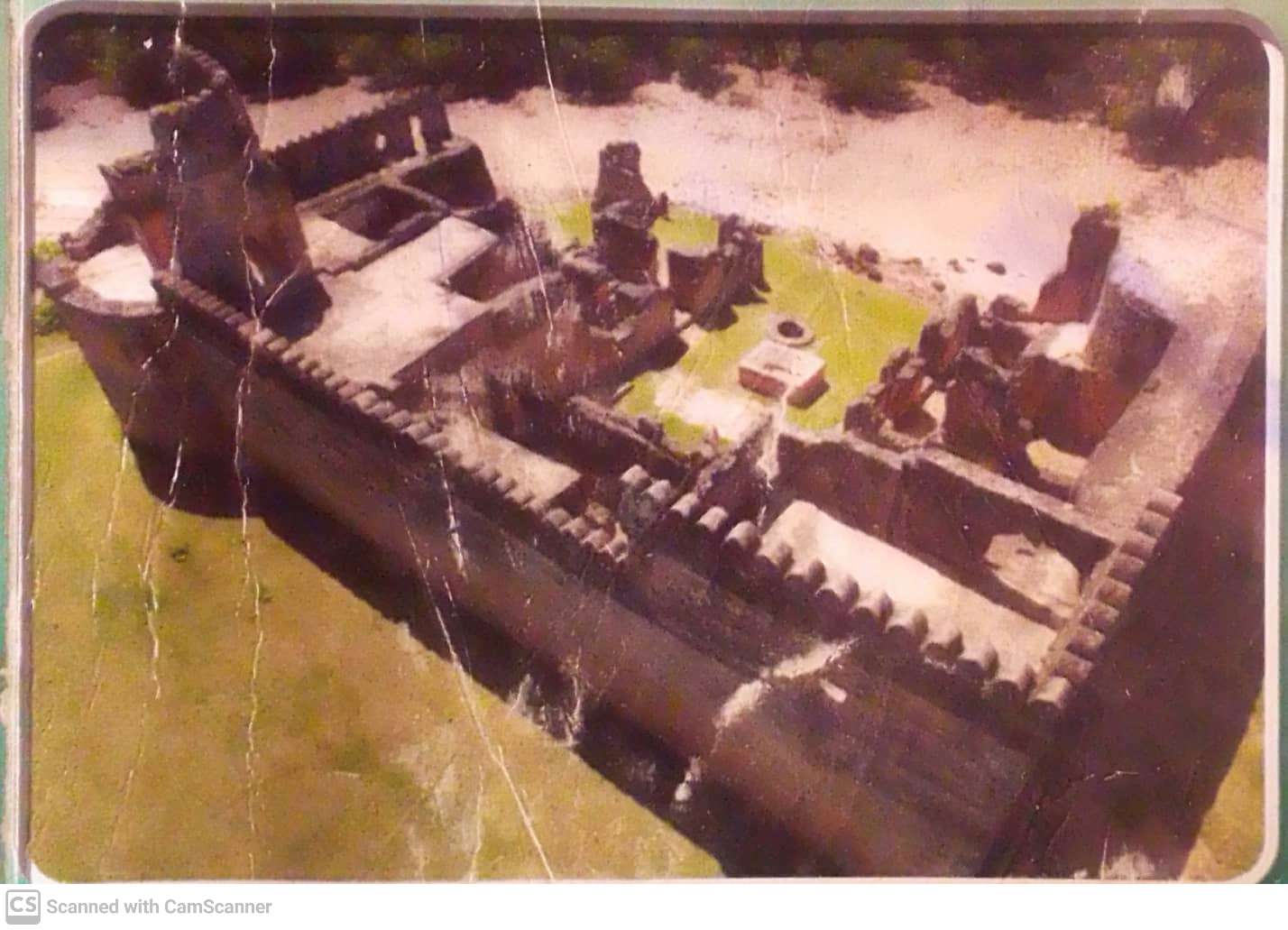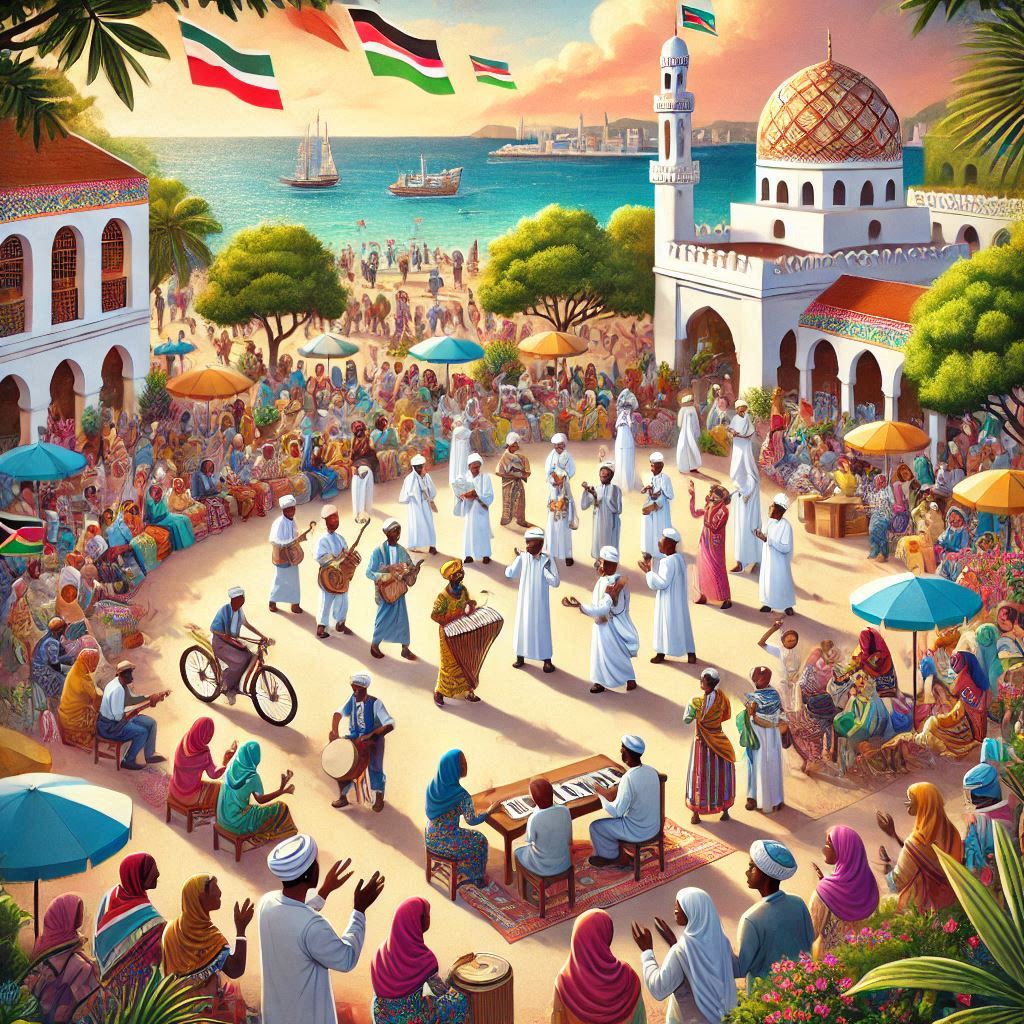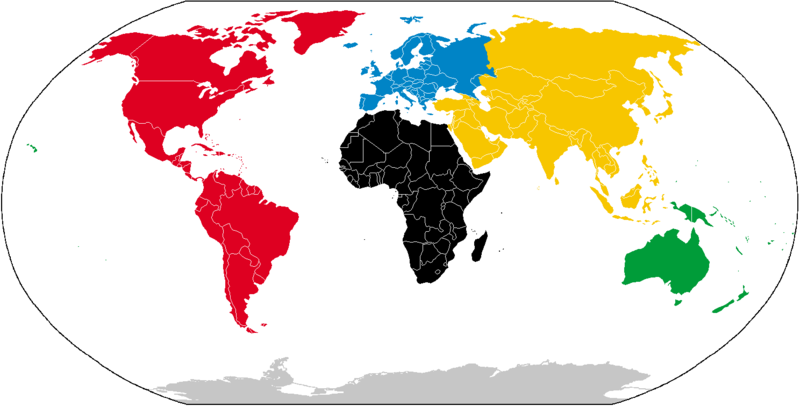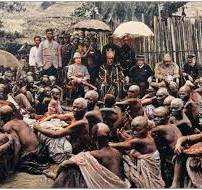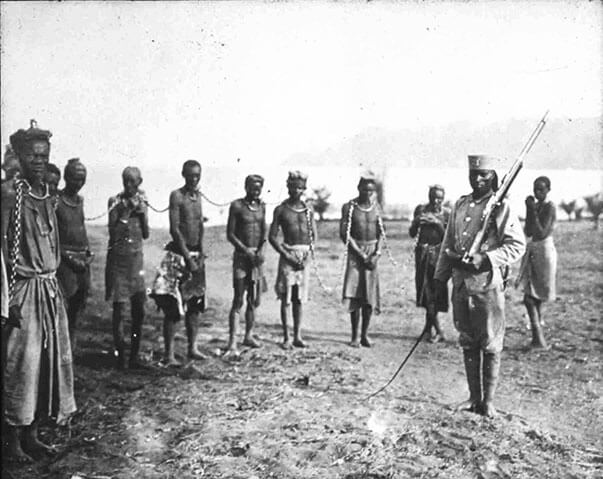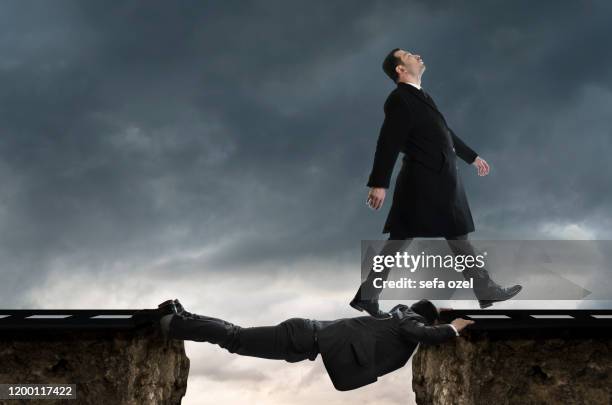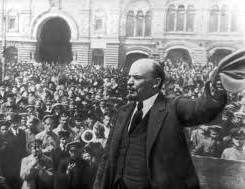UJASIRIAMALI:Ni kitendo cha uwekezaji mtaji katika shughuli za biashara ili kuweza kupata faida
Mgawanyo wa makundi ya ujasiria maliMgawanyo katika makundi haya umefanywa kutokana na idadi ya wafanyakazi na kiasi cha mtaji anachomiliki mjasiriamali biashara kama ifuatavyo
1.Ujasiriamali biashara mdogo mdogo:kundi hili linawafanyakazi wasiozidi wanne na mtaji usiozidi shilingi milioni tano.
2.Ujasiriamali biashara mdogo: kundi hili linawafanyakazi watano hadi 49 na mtaji wa kuanzia milioni tano hadi milioni mia mbili.
3.
Ujasiriamali biashara wa kati: hili ni kundi lenye wafanyakazi kati ya 50 hadi 99 na wenye mtaji wa zaidi ya shilingi milioni mia mbili hadi milioni mia nane
4.
Ujasiriamali biashara mkubwa: Kundi hili linawafanyakazi 100 na zaidi na mtaji wa zaidi ya shilingi milioni mia nane.
SIFA ZA MJASIRIAMALIZipo sifa zinazomfanya mtu kuwa mjasiriamali. Sifa hizi ni kama ifuatavyo;
1.Awe mtu mwenye maono na anayetimiza ndoto yake mwenyewe
2.Awe na uwezo wa kuwashawishi wengine kununua bidhaa au huduma anayoitoa.
3.Awe mtu mbunifu anayeweza kutatua changamoto na matatizo yanayoikabili jamii inayohusika.
4.Awe ni mtu mwenye uwezo wa kuwasikiliza wateja wake na kuwahudumia kwa kadri ya mahitaji yao
5.Awe na uwezo wa kuyatambua mahitaji ya jamii na kuyatimiza kwa kuanzisha biashara itakayokudhi mahitaji husika.
6.Awe ni mtu mwenye uthubutu wa kufanya kitu anachofikiria kwa vitendo.
7.Awe ni mtu mwenye ujasiria wa kufanya maamuzi kwa wakati na kuyasimamia
8.Awe ni mtu anayeweza kubadilika kulingana na mazingira
9.Awe mchapakazi na anayejituma
10.Awe mpambanaji
FAIDA ZA UJASIRIAMALI
Zipo faida nyingi za kuwa mjasiriamali
1.Kufanya shughuli unayoipenda
2.Kutumia vipaji vyako vizuri kwa sababu utakuwa mbunifu kila wakati
3.Kujiongoza na kijisimamia mwenyewe badala ya kusimamiwa na kuongozwa na mtu
4.Kujipatia kipato binafsi na familia yako
5.Kupata ajira na kutoa fursa za ajira kwa wengine
6.Kupata rasilimali ambazo unaweza kurithusha watoto
7.Kutumia ipasavyo rasilimali zinazopatikana katika mazingira
8.Kutoa bidhaa na huduma wanazizihitaji wengine
9.Kuchangia ukuaji wa uchumi na kupunguza umaskini kwenye jamii na Taifa
10.Kupunguza tofauti za maendeleo baina ya watu, mikoa na nchi kwani biashara hukuza uchumi wa mtu binafsi na Taifa kwa ujumla
Mambo muhimu ya kuzingatia kabla ya kuanza ujasiriamali biashara
1.kuwa na wazo la kibiashara
2.Fanya utafiti wa wazo lako na mahali unapofanyia ujasiriamali
3.Andaa mpango wa biashara
4.Fahamu mahitaji ya wateja wako
5.Jifunze kuhudumia watu
6.Jenga tabia ya kujifunza vitu vipya
7.Zingatia masuala ya kisheria
8.Kujiamini kwa kile unachitaka kufanya
9.Pata elimu ya masuala ya fedha
NB:tumia washauri wenye uwezo kupata maelezo kuhusu yafuatayo:
(a)kiasi cha fedha unachohitaji ili kuanzisha biashara inayohusika
(b) kiasi cha fedha utakachohitaji kama gharama za uendeshaji
(c) Biashara yako itatengeneza faida kiasi gani
(d)Utauza kiasi gani kabla ya kupata faida
CHANGAMOTO ZINAZOWAKABILI WAJASIRIAMALI BIASHARA WADOGOWADOGO NA WADOGO WA TANZANIA
1.Upungufu wa mtaji wa kufanya ujasiriamali biashara
2.Kutokuwa na soko la uhakika la bidhaa
3.Mahitaji kidogo ya bidhaa na huduma
4.Bei ndogo ya bidhaa na huduma zinazotolewa na wajasiriamali biashara
5.Gharama kubwa za kupata mukopo kwa ajili ya shughuli za ujasiriamali biashara
6.Urasimu kutoka kwenye namlaka zinazohusika na shughuli za ujasiriamali biashara
7.Ukosefu wa malighafi
8.Upungufu wa wataalamu wa kutengeneza bidhaa na kutoa huduma
9.Kutokuwa na maarifa ya kutosha juu ya kufanya ujasiriamali biashara kwa ufanisi
10.Kukosa taarifa muhimu zinazohusu wateja au masoko na bidhaa zinapatikana
Zipo Imani potofu kuhusu ujasiriamali biashara ambazo ni
1.ujasiriamali biashara ni kipaji cha kuzaliwa
2.Uwezo mkubwa wa kifedha
3.Wajasiriamali biashara ni watu waliofeli kielimu na kijamii
4.Ili ufanye biashara kwa mafanikio lazima usome masomo ya biashara
Njia za kukabuliana na changamoto zinazowakabili wajasiriamali biashara wa Tanzania
1.Serikali kuboresha huduma za wajasiriamali biashara.mfano uboreshaji wa miundombinu
2.Kuboresha mafunzo ya utengenezaji wa bidhaa mbalimbali mfano kutengeneza viatu,sabuni
3.Kupunguza urasimu katika maswala yanayohusu kufanya biashara
4.Kuboresha mifumo ya ulipaji kodi kwa wajasiriamali biashara
5.Kuimarisha soko la ndani na nje la bidhaa zinazozalishwa na wajasiriamali biashara wa Tanzania
6.Serikali kurahisisha upatikanaji wa mukopo
7.Serikali kudhibiti bidhaa na huduma feki
Baadhi ya changamoto ambazo mtu binafsi anatakiwa kukabiliananazo
1.Kutafuta elimu ya ujasiriamali kutegemeana na biashara unayoifanya
2.Kuanza biashara na mtaji mdogo kisha kuendeleza biashara kadri mtaji unavyokuwa
3.Kushirikiana na watu wenye fedha lakini hawana mawazo ya kufanya ujasiriamali biashara
4.Kujenga uaminifu kwa kutoa huduma bora na kutunza ahadi ili kuendelea kupata wateja
5.Kuuza bidhaa unayoendana na wakati na mahitaji ya mahali panapohusika
6.Kufanya utafiti wa kina kuhusu soko kabla ya kuzalisha au kununua na kuuza bidhaa, hii itaepusha kupata hasara
7.Kubuni njia za kuboresha bidhaa, huduma na usimamizi wa biashara kila wakati
8.Kutunza kumbukumbu sahihi na kamilifu za biashara yako ili kuelewa kinachoendelea na kutoa uamuzi sahihi



